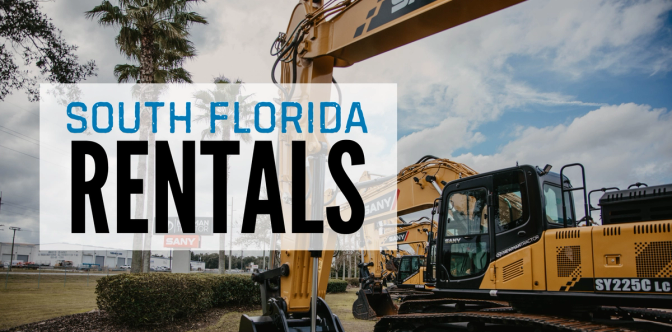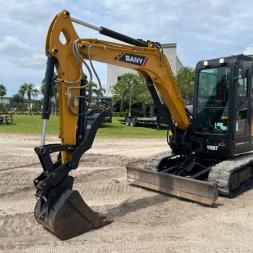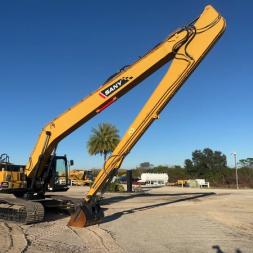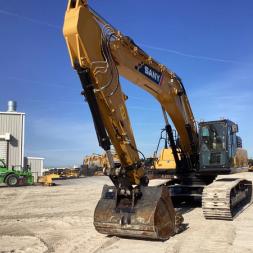How to Choose the Right Equipment for Your Job
1. Define Your Core Services and Needs
2. Estimate Your Workload and Project Size
3. Consider Future Growth and Flexibility
4. Factor in the Total Cost of Ownership
New vs. used: Is the price difference worth it?
| New Equipment | New always offers the latest technology, better reliability, and a full warranty. If you plan to use the equipment for a long time, this might be worth the higher price tag, especially since it minimizes unexpected repairs and downtime. |
| Used Equipment | Has a lower upfront cost, which is great if you're on a budget. However, you should consider factors like maintenance history and the remaining lifespan. A used machine might save you money initially, but frequent repairs can quickly negate those savings. |
Buying vs. Renting Heavy Equipment
| Renting | Renting is an excellent option if you’re taking on a project with a specific time frame or only need a piece of equipment occasionally. It allows you to access the right equipment for a set period without the long-term commitment or upfront costs associated with buying. Renting also means you don’t have to worry about long-term maintenance or storage. |
| Buying | Buying might be better if you’ve been renting equipment for a while and are now looking to expand your fleet or take on larger projects. Owning your equipment means you have it when you need it, and there’s no waiting for availability or paying for each use. Long-term savings are often a big factor here. If you’re using the equipment regularly, purchasing it outright can help you save money over time, especially considering the cost of renting over multiple jobs. |
Understanding Section 179 and Maximizing Your Tax Benefits
How it works
- New or used equipment qualifies for Section 179, as long as the equipment is used for business purposes.
- You can deduct up to $1,220,000 [in 2024] of equipment purchases in a given year, subject to certain limits and thresholds.*
- Bonus depreciation also applies, allowing you to deduct a significant percentage of the equipment’s cost in the first year.








